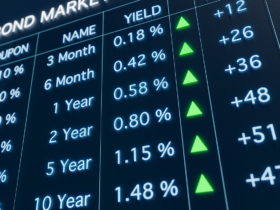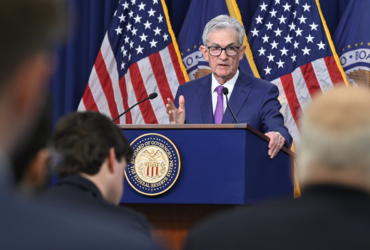As Ke$ha famously said, “It’s going down, I’m yelling timber”
Conor Sen back in May in Bloomberg argued that housing could be a good barometer of overall inflation in the economy.
- “Housing’s a good industry to study because it was one of the first to boom after the onset of the pandemic last spring, so it might be a leading indicator of what we’ll see from other parts of the economy over the next several months.” (Bloomberg)
Sen argued that in order for inflation to take hold it required more than just an imbalance of supply and demand. “…it takes a conscious behavioral change from both buyers and sellers in support of higher prices.” He also pointed out that neither builders nor sawmills seemed to be acting in a way that they believed inflated prices were here to say.
Fast forward to June, and Matt Philips at The New York Times reports that lumber costs soared over the past year as do-it-yourselfers’ spent stimulus checks. However, a month of declines shows that consumers aren’t about to trigger runaway increases… (New York Times)
- The renovation boom drove insatiable demand for lumber, even as the pandemic idled mills. “Lumber futures surged to unprecedented heights, peaking at more than $1,600 per thousand board feet in early May”
- Easy come and easy go. Nobody expects lumber to fall back to pre-pandemic levels but lumber prices have seen quite the drive this last month. “Lumber prices in the futures market are down more than 45 percent from their peak, slipping below $1,000 for the first time in months.”
- Econ 101. Jan Hatzius, chief economist at Goldman Sachs, told The New York Times that “Many of the extreme price spikes we’ve seen in recent months are likely to reverse for Econ 101 reasons.” Hatzius is not alone in this belief. The Federal Reserve also believes that “painful price spikes for everything from airline tickets to used cars will abate as the economy gets back to normal.”
This obviously doesn’t mean Conor Sen, Hatzius, or the Federal Reserve have been proven right. It’s really too soon to tell. Micheal Strain echoed this same sentiment to the New York Times. “The question instead is whether or not the existence of these one-off factors, kind of one after the other, sustained over a period of several months, will change the way people think about future price increases and make them more likely to go into their bosses’ offices, demand a raise…And I think the answer at this point is we don’t know.”






Got a Questions?
Find us on Socials or Contact us and we’ll get back to you as soon as possible.